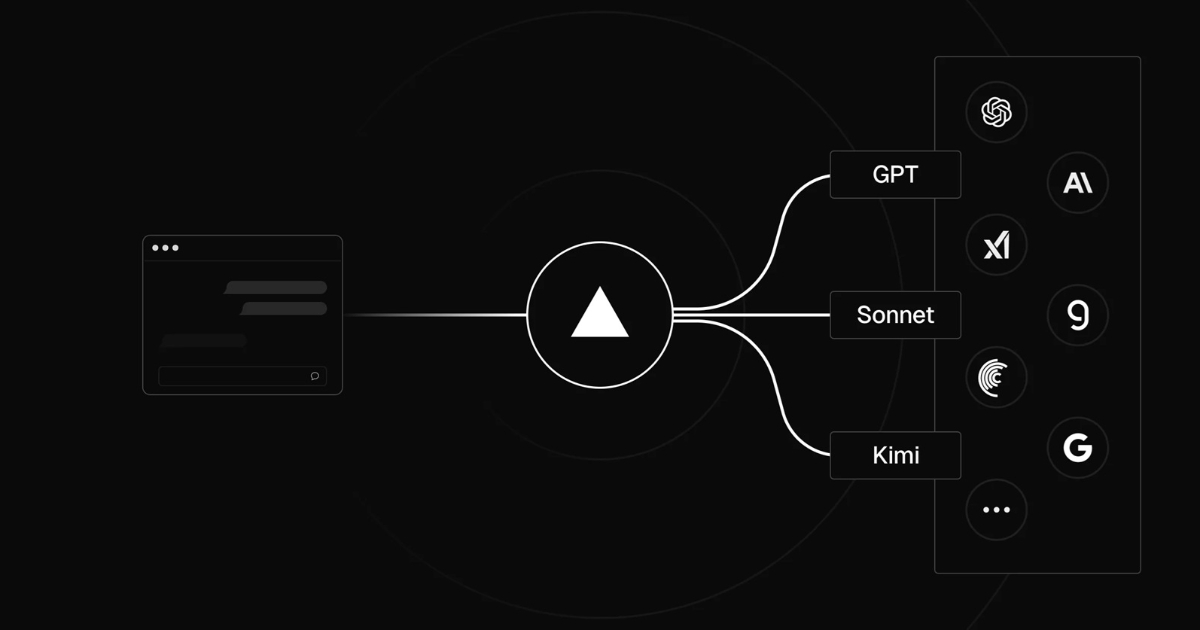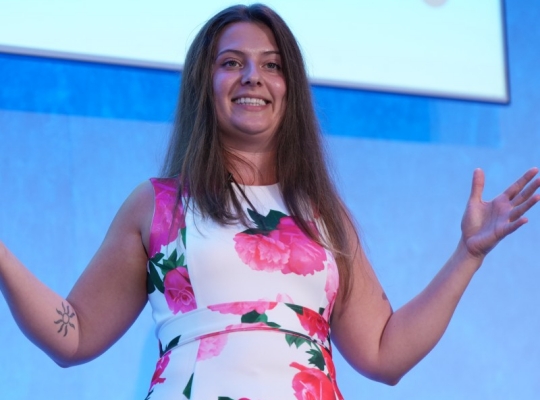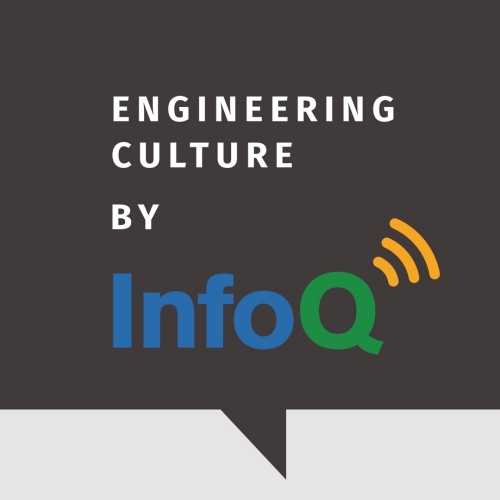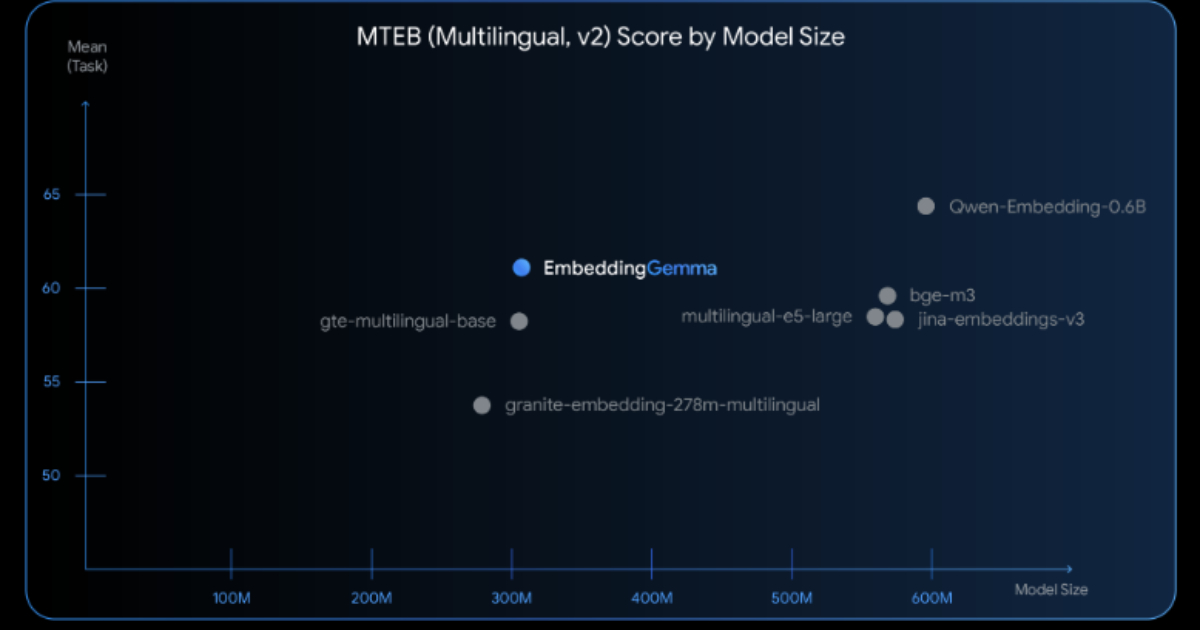Codetown
Codetown ::: a software developer's community
ONLINE TRAINING IN HTML5, JAVA 8, ARCHITECTURE, NODE AND REACT
Hello OrlandoJUG!
There are five courses coming up that will help you get in-depth training in some of today’s most important technologies for software engineers and developers. These courses are led by skilled trainers and can be taken anywhere with a reliable internet connection.
There's a lot of buzz about how JavaScript and the fantastic ecosystem is taking the web by storm. Have you wrapped your head around the new Java 8 features yet? Here's one way to find out a lot about HTML5, Java 8, Architecture, Node and React.
Software Architecture: From Developer to Architect
Live online training with Mark Richards on January 13th. This course will touch on both the technical aspects of software architecture as well as the soft skills of architecture, including architecture patterns, integration architecture basics, enterprise architecture basics, and soft skills such as how to think like an architect, make effective architecture decisions, and analyze architecture tradeoffs.
http://www.oreilly.com/pub/cpc/3586
Implementing Hypermedia with Node and HTML5
Join Mike Amundsen for a live online training on February 9th. Implementing Web apps using the Hypermedia Style means creating services and clients that leverage the principles that make the Web so powerful: Functionality that relies on passing messages that contain Hypermedia Links and Forms. Unlike RPC Style web apps that depend on defining static function names and strong-typed argument lists, Hypermedia Style allows services to make promises about network-level formats (HTML, HAL, Collection+JSON, etc.) and application-level semantics (Accounting, User Management, Call Center Services, etc.).
http://www.oreilly.com/pub/cpc/3587
Fundamentals of Java 8
Join O'Reilly authors Richard Warburton and Raoul-Gabriel Urma on February 16th for a day-long course where students will develop a firm working knowledge of the latest—and most groundbreaking—features in Java 8: lambdas, streams, and collectors. By the end of the tutorial, students will be able to put these features into practice in their jobs. They'll also be familiar with the cutting-edge programming tactics needed to produce functional code that is both flexible and concise.
http://www.oreilly.com/pub/cpc/1550
React for Web Developers
Join Jonathan Stark for a live multi-day training starting January 7th. React, the popular open source library created by Facebook and Instagram, takes a new, component-based approach to building user interfaces. It’s very much about building reusable components. You simply express how your app should look, then React automatically handles all the UI updates when your underlying data changes.
http://www.oreilly.com/pub/cpc/3589
Mobile HTML5 Training
Join Max Firtman for a multi-day online training starting February 1st. The Web is everywhere, including people’s pockets. The mobile Web now frequently dominates traffic, and Web tools like JavaScript, HTML, and CSS offer a familiar path to creating mobile applications. While there are challenges to supporting the vast array of devices, screen sizes, and application delivery approaches, the Web was built with diverse platforms in mind. Learn to build sites and applications that take full advantage of the latest in Web technologies.
http://www.oreilly.com/pub/cpc/4510
Tags:
Replies to This Discussion
Notes
Welcome to Codetown!
 Codetown is a social network. It's got blogs, forums, groups, personal pages and more! You might think of Codetown as a funky camper van with lots of compartments for your stuff and a great multimedia system, too! Best of all, Codetown has room for all of your friends.
Codetown is a social network. It's got blogs, forums, groups, personal pages and more! You might think of Codetown as a funky camper van with lots of compartments for your stuff and a great multimedia system, too! Best of all, Codetown has room for all of your friends.
Created by Michael Levin Dec 18, 2008 at 6:56pm. Last updated by Michael Levin May 4, 2018.
Looking for Jobs or Staff?
Check out the Codetown Jobs group.
InfoQ Reading List
Vercel Introduces AI Gateway for Multi-Model Integration

Vercel has rolled out the AI Gateway for production workloads. The service provides a single API endpoint for accessing a wide range of large language and generative models, aiming to simplify integration and management for developers.
By Daniel DominguezPresentation: Secure by Design: Building Security into Engineering Workflows and Teams

Stefania Chaplin explains how to integrate security into engineering workflows and teams using a "Secure by Design" approach. Drawing on her extensive experience, she shares practical strategies for a security-first culture by focusing on people, processes, and technology, including the use of security champions and automation to improve resilience and reduce costs.
By Stefania ChaplinPodcast: Why Software Development Sucks And 7 Mental Models To Help Fix It

Shane Hastie, Lead Editor for Culture & Methods, spoke to Thanos Diacakis about how teams often struggle with software delivery. He proposes a shift in mental models and a four-step framework to systematically improve software development by focusing on bottlenecks, balancing different types of work beyond just feature delivery, and investing 20-30% of effort in improving how the team works.
By Thanos DiacakisNext.js 15.5 Ships - Turbopack Production Builds, Node.js Middleware, and Tighter Typescript DX
 By Daniel Curtis
By Daniel Curtis Google DeepMind Launches EmbeddingGemma, an Open Model for On-Device Embeddings

Google DeepMind has introduced EmbeddingGemma, a 308M parameter open embedding model designed to run efficiently on-device. The model aims to make applications like retrieval-augmented generation (RAG), semantic search, and text classification accessible without the need for a server or internet connection.
By Robert Krzaczyński
© 2025 Created by Michael Levin.
Powered by
![]()